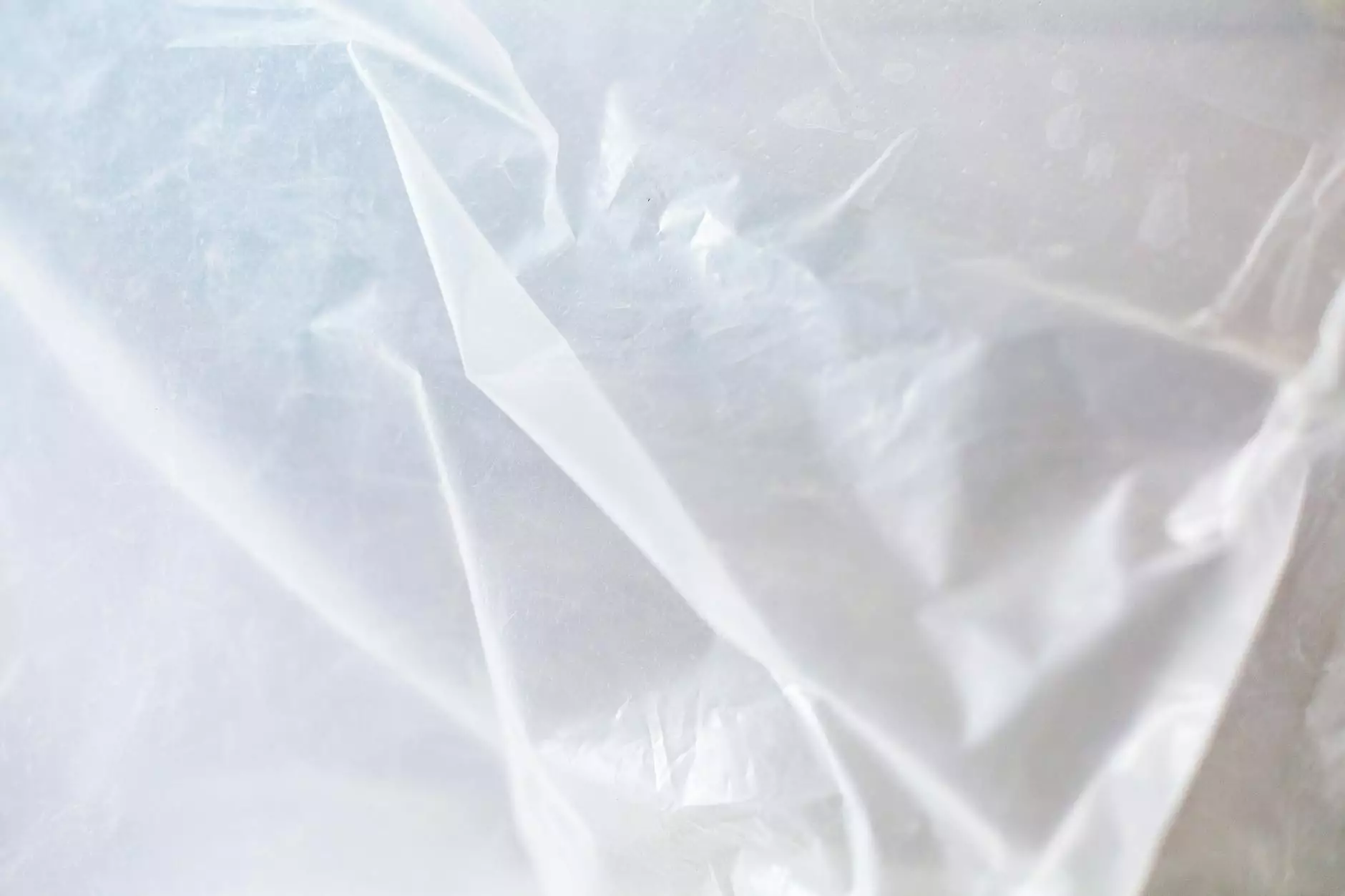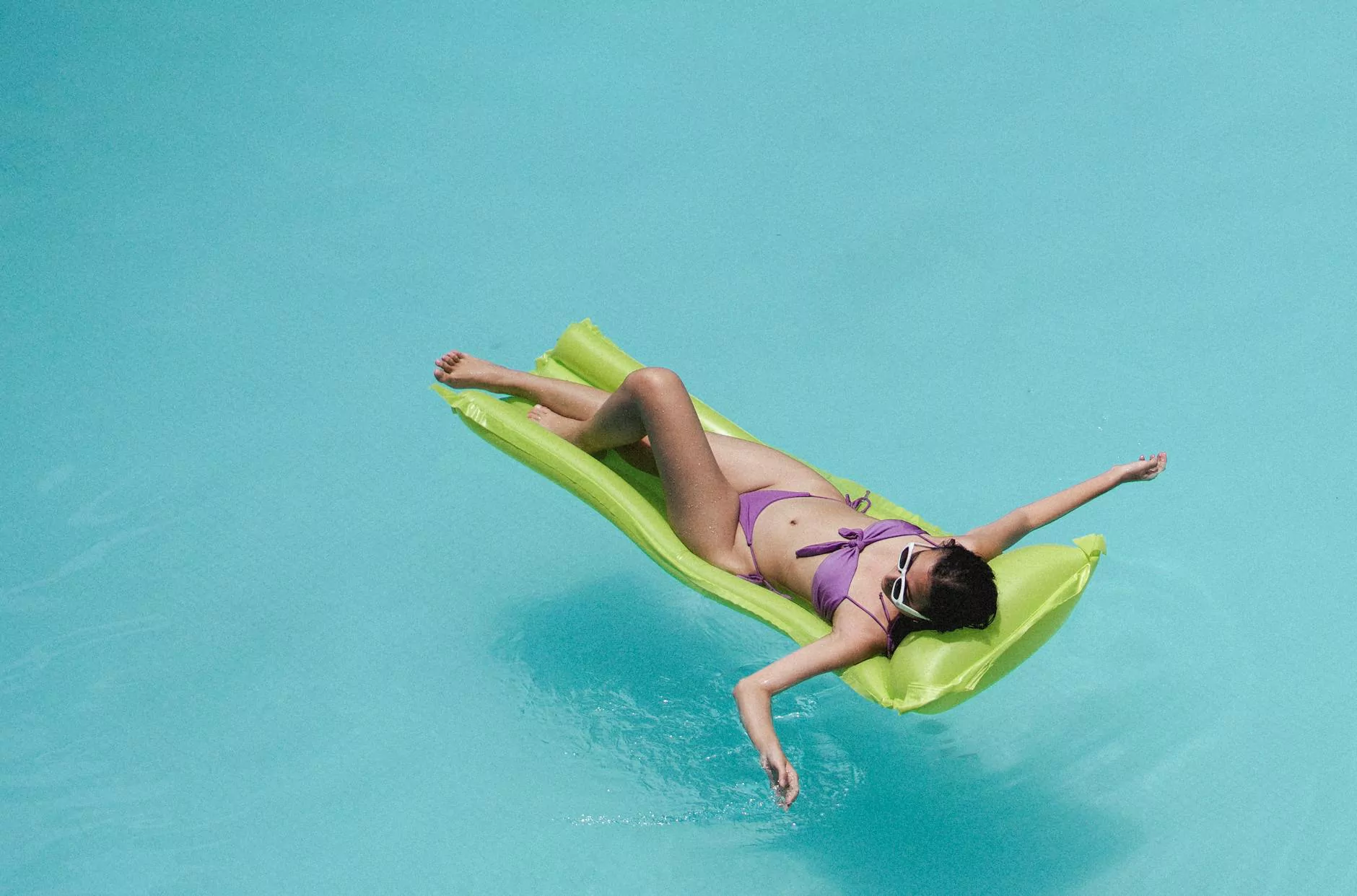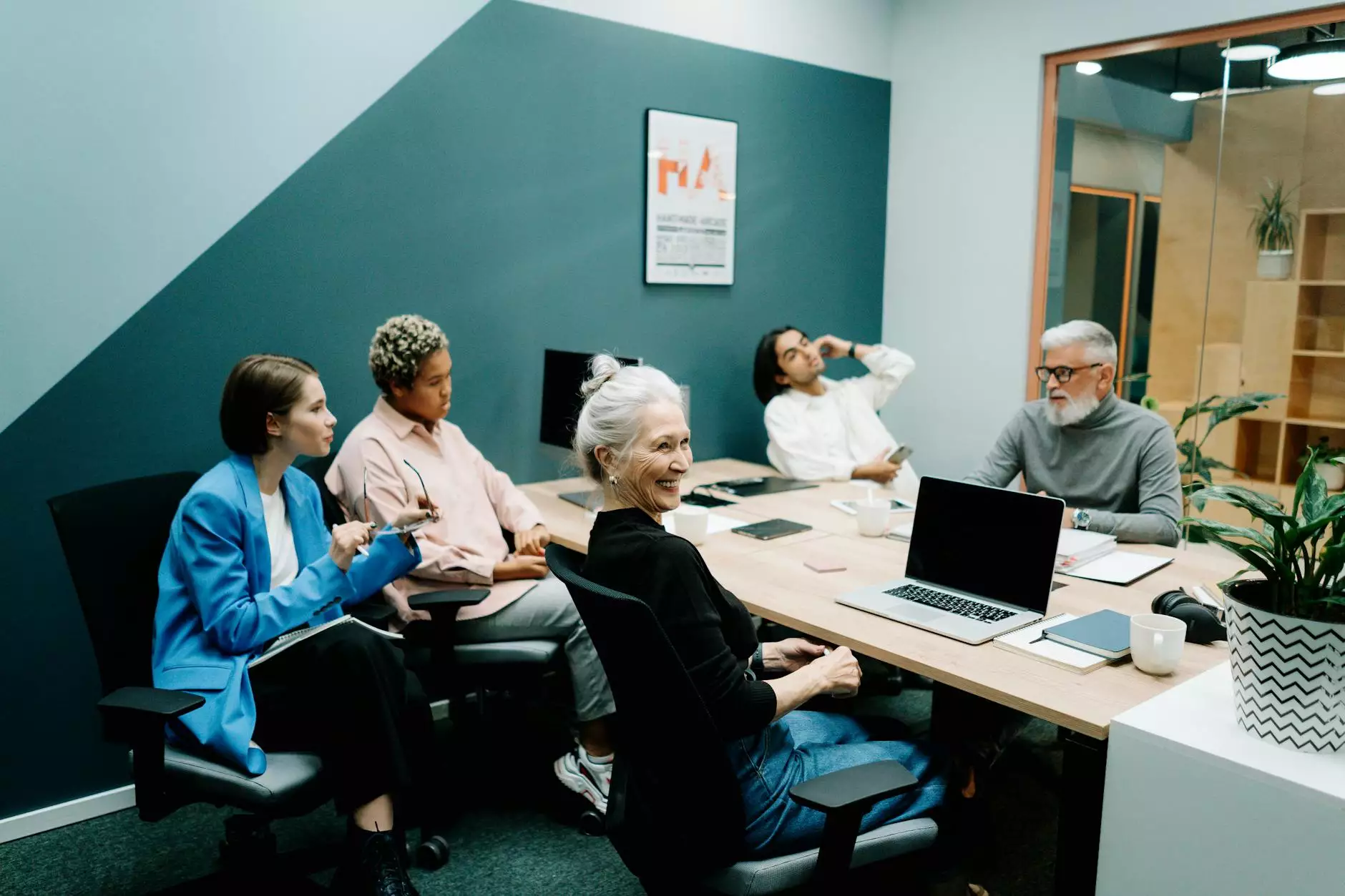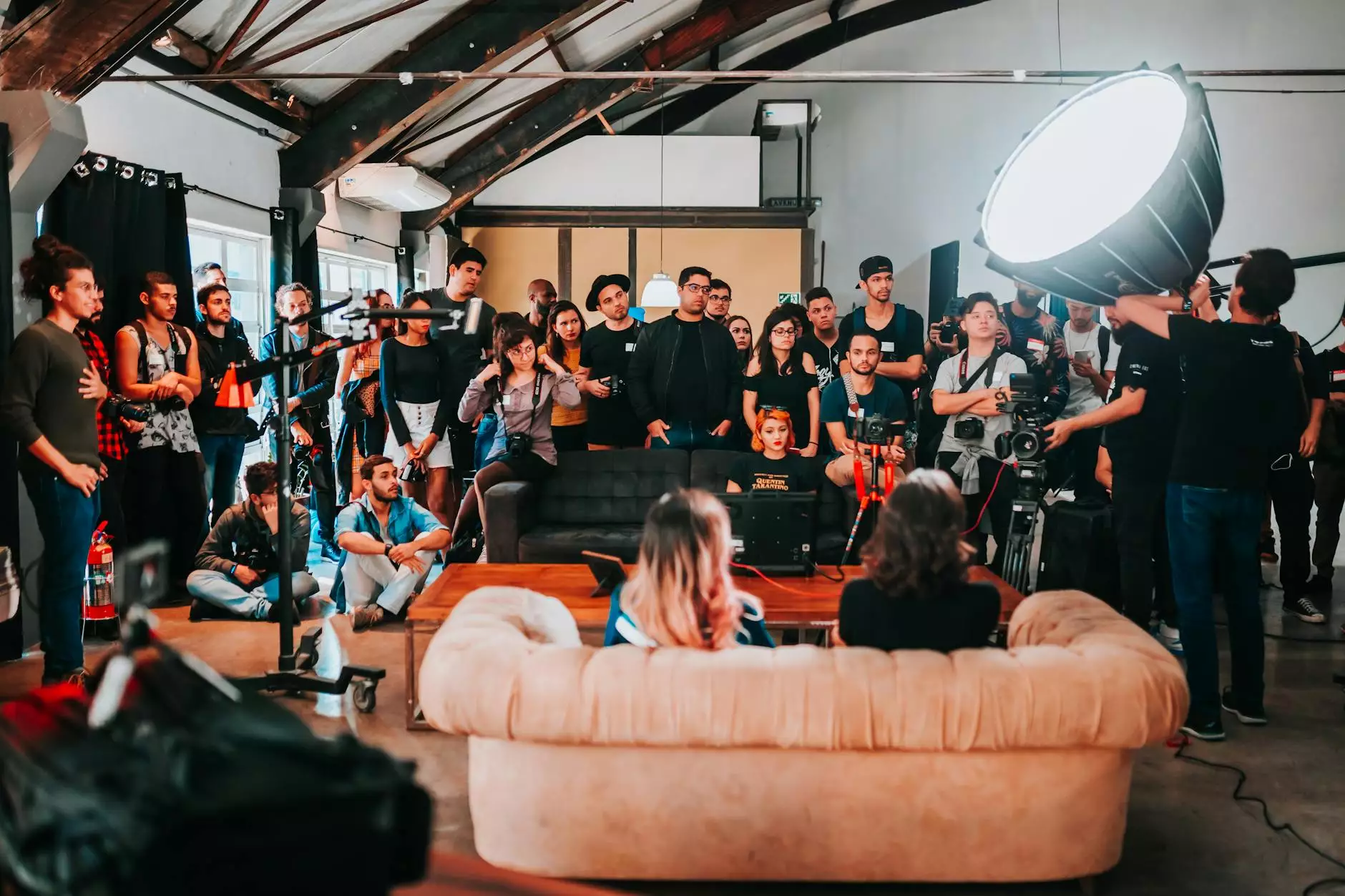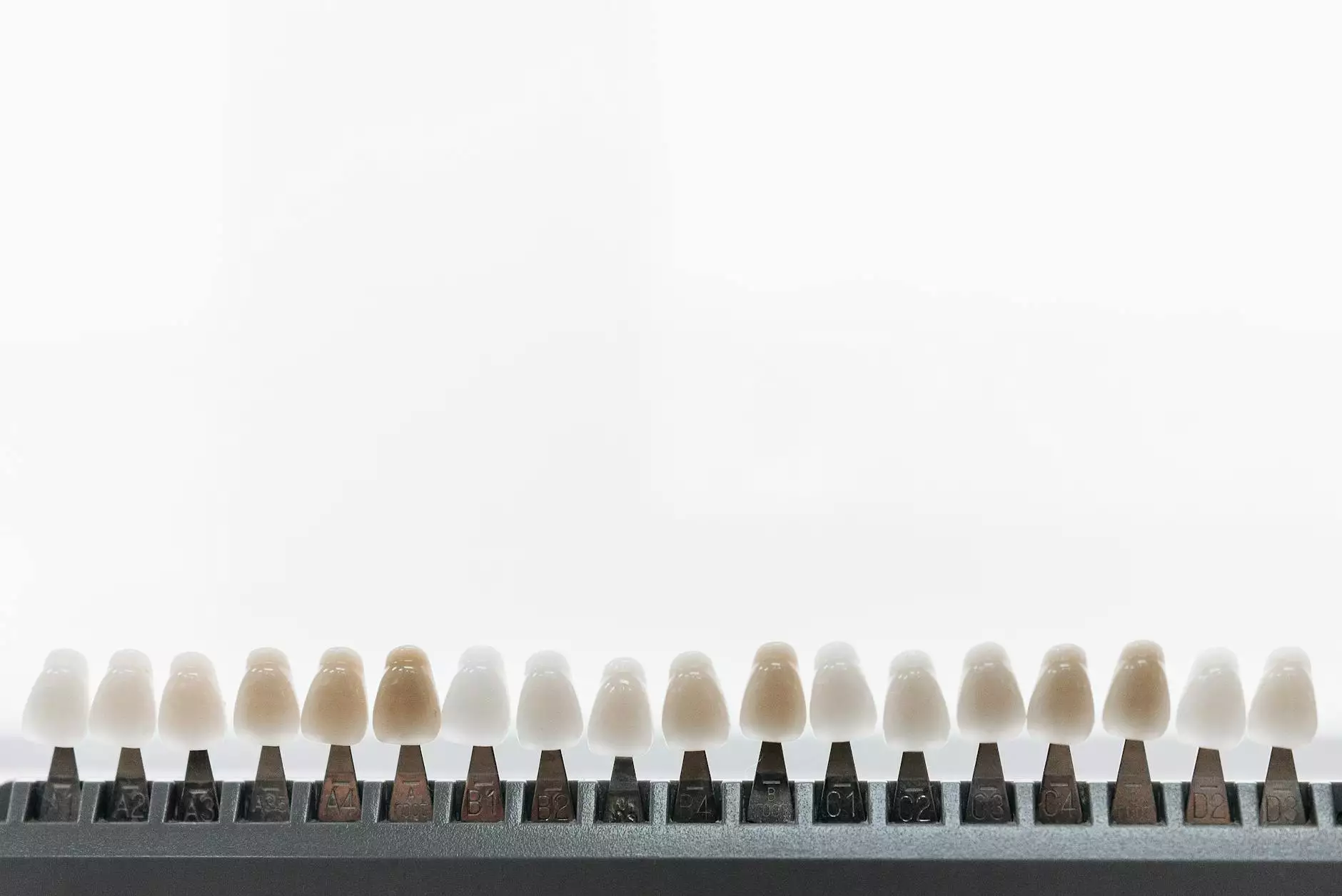Understanding Spider Veins: Causes and Treatment Options
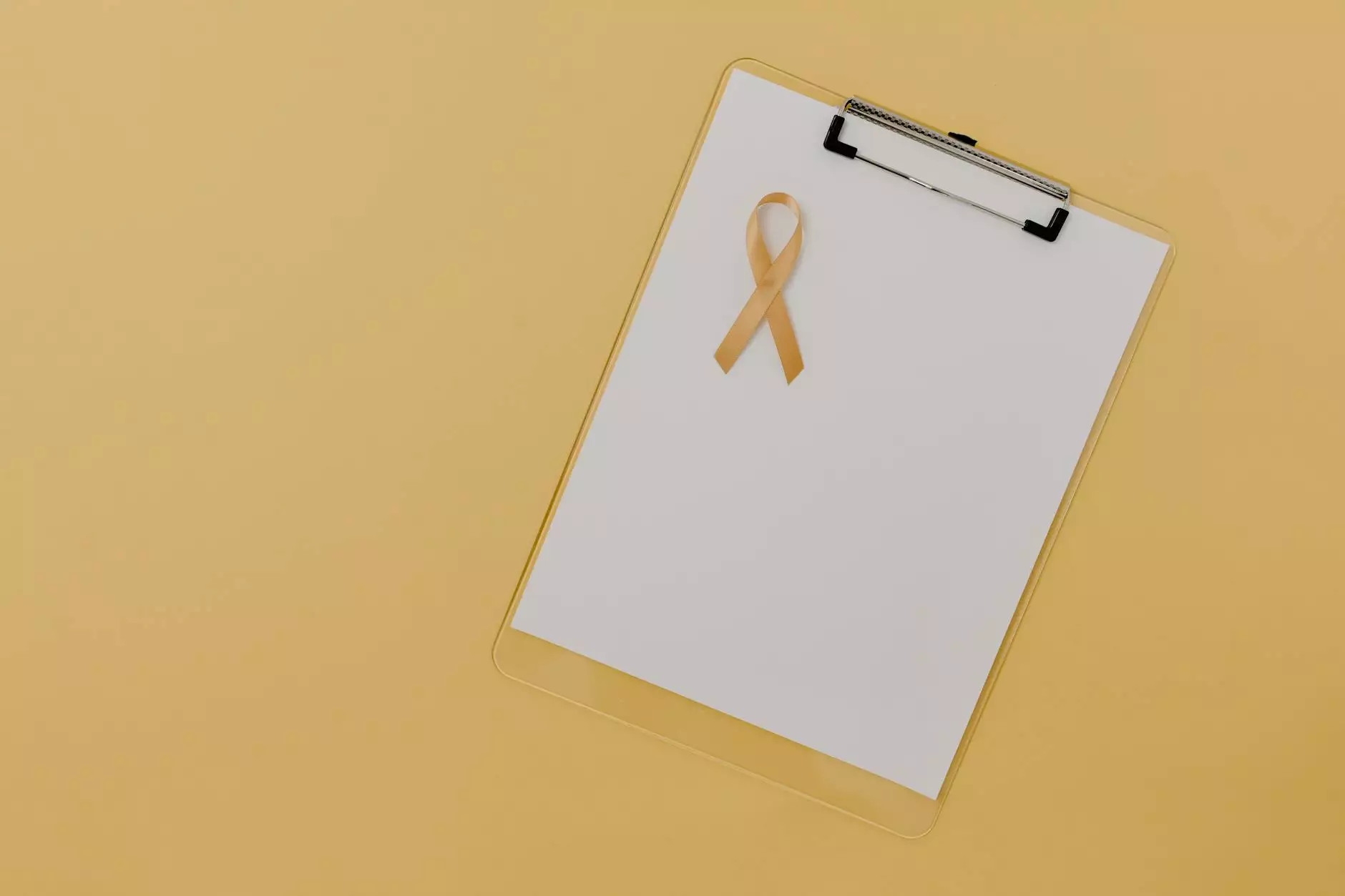
Spider veins, often referred to as telangiectasia, are small, dilated blood vessels that appear close to the surface of the skin. While these veins are generally harmless, their presence can lead to aesthetic concerns for many individuals. In this comprehensive guide, we will delve into the various causes of spider veins, as well as the most effective treatment options available today.
What Are Spider Veins?
Spider veins are a common condition affecting millions of people worldwide. These veins can appear in a variety of colors, including red, blue, and purple. Generally found on the legs and face, spider veins can resemble a web, hence the name. They are usually smaller than varicose veins but can still be an important topic for individuals seeking vein care.
Causes of Spider Veins
Understanding the underlying causes of spider veins is essential for both prevention and treatment. Here are some of the most common factors:
- Genetics: A family history of spider veins can significantly increase your risk of developing them.
- Hormonal Changes: Hormonal fluctuations, especially during puberty, pregnancy, and menopause, can contribute to the formation of spider veins.
- Sun Exposure: Ultraviolet (UV) rays can damage your skin and the blood vessels beneath it, leading to spider veins.
- Prolonged Standing or Sitting: Occupations that require long periods of sitting or standing can increase pressure in the veins, causing them to become more visible.
- Obesity: Excess weight puts additional pressure on the veins in the legs, making spider veins more likely.
- Injury: Trauma to the skin can lead to vein damage, contributing to spider veins.
- Medical Conditions: Certain conditions, such as blood clots or vascular diseases, can also lead to spider veins.
How Spider Veins Differ from Varicose Veins
It is crucial to differentiate between spider veins and varicose veins as they have different characteristics and implications. Spider veins are small and typically do not cause pain. In contrast, varicose veins are larger, often bulging, and can result in discomfort or pain. Understanding these differences can help in choosing the right treatment options.
Symptoms Associated with Spider Veins
While spider veins are primarily a cosmetic issue, they can sometimes be associated with minor symptoms, including:
- Aching or heaviness: Those with spider veins may feel a dull ache in the affected area.
- Itching: The skin over the spider veins can irritate or itch, particularly during changes in temperature.
- Swelling: Occasionally, individuals may experience some swelling around the affected veins.
Treatment Options for Spider Veins
If you are concerned about your spider veins, a variety of treatment options are available, ranging from conservative measures to medical interventions. Below are the most common treatments:
1. Lifestyle Modifications
Making certain lifestyle changes can help reduce the risk and appearance of spider veins:
- Maintain a Healthy Weight: Reducing body weight can alleviate pressure on the veins.
- Regular Exercise: Engaging in physical activity can improve circulation and vascular health.
- Avoid Prolonged Periods of Sitting or Standing: If your job requires it, take frequent breaks and move around.
- Wear Compression Stockings: These help support your veins and can alleviate some of the symptoms associated with spider veins.
2. Sclerotherapy
Sclerotherapy is a popular minimally invasive treatment for spider veins. During this procedure, a sclerosing solution is injected directly into the affected vein, causing it to collapse and gradually fade from view. This treatment is effective and requires minimal downtime, making it a preferred choice for many patients.
3. Laser Therapy
Laser therapy employs focused laser beams to target and treat spider veins. This non-invasive treatment can effectively diminish the appearance of veins without damaging surrounding skin. Patients typically experience only mild discomfort, and results can often be seen after just a few sessions.
4. Radiofrequency Ablation
This is a more advanced treatment that uses radiofrequency energy to close off spider veins. By delivering heat to the veins, it effectively seals them and promotes the absorption of the vein by the body. This method is often used for larger spider veins and has shown promising results.
5. Endovenous Laser Treatment (EVLT)
Though typically used for varicose veins, Endovenous Laser Treatment (EVLT) can also benefit those suffering from more severe spider veins. This minimally invasive procedure involves laser energy to close affected veins while minimizing recovery time.
6. Microsclerotherapy
For tiny spider veins, microsclerotherapy can be an excellent option. This specialized form of sclerotherapy uses a finer needle to inject the solution into very small veins, enhancing aesthetic outcomes.
Aftercare and Recovery
After receiving treatment for spider veins, proper aftercare is essential to ensure optimal results. Here are some key aftercare tips:
- Compression Garments: Follow your doctor's recommendations regarding compression stockings or bandages.
- Avoid Strenuous Activities: For a few days following treatment, limit vigorous activities that might affect your veins.
- Sun Protection: Protect treated areas from sun exposure to prevent discoloration.
Preventing Spider Veins
Preventing spider veins is possible through various lifestyle changes. Here are some practical tips:
- Keep Moving: Regular movement helps prevent blood pooling in the legs.
- Elevate Your Legs: When resting, elevate your legs to improve blood circulation.
- Avoid High Heels: Opt for shoes that provide support and reduce strain on your veins.
- Stay Hydrated: Proper hydration can enhance vascular health.
Consulting a Specialist
For those experiencing spider veins, it is essential to consult with a specialist, such as those at Truffles Vein Specialists. Experts in vascular medicine can provide comprehensive evaluations and tailor treatment plans based on individual needs.
Conclusion
Spider veins may be a common and often cosmetic issue, but they are worth understanding and treating. By exploring the causes of spider veins and knowing the various treatment options available, you can take proactive steps towards managing your vein health. Whether through lifestyle changes or medical interventions, effective management is within your reach.
For any further inquiries or to schedule a consultation, visit trufflesveinspecialists.com today!
spider veins causes and treatment

